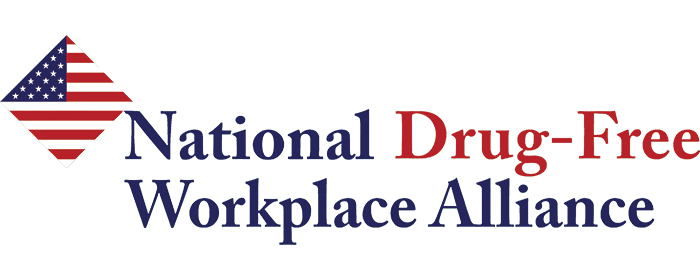September is National Recovery Month, an opportunity to celebrate the efforts of those in recovery from substance use disorders (SUDs) and to raise awareness about the importance of creating supportive environments. As a small business owner, you have a unique role in fostering a culture that helps employees facing these challenges. The Substance Abuse and Mental Health Services Administration (SAMHSA) highlights the importance of recovery-friendly workplaces, which can significantly impact both individual lives and overall business success.
The Growing Need for Supportive Workplaces
Substance use disorders have surged dramatically, with approximately 27 million working-age Americans struggling with SUDs.1 The implications are far-reaching, affecting not just the health and well-being of individuals but also workplace productivity, safety, and culture.
However, there is a silver lining. A growing number of employers are recognizing the need for workplace programs that support employees with SUDs or those in recovery. A workplace that embraces recovery-friendly practices can make a profound difference, providing hope and tangible support for millions of Americans.
Overcoming Stigma: The First Step
One of the most significant barriers to creating a recovery-friendly workplace is stigma. Many employees hesitate to seek help for fear of judgment, discrimination, or repercussions such as job loss or career stagnation. This fear prevents them from accessing necessary treatment, hindering their recovery process.
To counteract this stigma, small business owners must lead by example, cultivating a culture of acceptance, understanding, and compassion. Emphasize that SUDs are a health issue—not a moral failing—and create an environment where employees feel safe to disclose their struggles and seek support without fear of negative consequences. For more, check out this guide from NIDA on preferred language for talking about substance use disorders.
What is a Recovery-Ready Workplace?
According to the U.S. Department of Labor, a recovery-ready workplace is one that2:
- Expands employment opportunities for individuals in or seeking recovery.
- Provides reasonable accommodations and protections.
- Educates all levels of the organization about recovery.
- Ensures awareness of recovery initiatives among current and prospective employees.
How to Make Your Workplace Recovery-Friendly
Here are four actionable steps you can take to create a recovery-friendly workplace:
- Recognize that Addiction is a Mental Health Disorder
Understand that addiction is a chronic brain disorder and should be treated as a mental health issue. Like any other chronic health condition, SUD requires ongoing management. Acknowledging the complexity of addiction, which may include factors like genetics, trauma, or co-occurring mental health disorders, can help build a supportive foundation in your workplace. - Encourage Supportive Conversations
Foster a workplace environment where open, empathetic discussions about SUDs are encouraged. Employees should feel safe to share their experiences without fear of repercussions. Incorporate sensitivity and understanding of addiction into your company culture, so employees feel empowered to seek help when needed. - Provide Training and Education
Regular training and education are essential to dispel myths and foster a compassionate understanding of SUDs. Include substance use awareness in your company’s mental health initiatives, and ensure that leadership visibly supports these efforts. This approach not only helps to destigmatize SUDs but also demonstrates your company’s commitment to employee well-being. For trainings to help your employees learn more about substance use disorders and reasonable suspicion, check here. - Offer Recovery-Friendly Benefits and Resources
Implementing recovery-friendly benefits can significantly impact your employees' lives. Consider providing flexible scheduling, mental health resources, and insurance options that cover both short- and long-term disability.
The Business Case for Recovery-Friendly Workplaces
Creating a recovery-friendly workplace is not just a compassionate choice—it’s a smart business decision. By supporting your employees through recovery, you enhance productivity, reduce absenteeism, and improve overall workplace morale. Moreover, businesses that foster a supportive environment are more likely to attract and retain talented employees, contributing to long-term success.
If you’re ready to take the next steps in creating a recovery-friendly workplace, also check out the U.S. Department of Labor’s Recovery-Ready Workplace Hub. This resource provides valuable guidance, tools, and best practices to help you support employees in or seeking recovery from substance use disorders. Explore more here.
Citations:
1ShatterproofPR, P. (n.d.). Creating a Recovery-Friendly workplace. https://www.3blmedia.com/news/creating-recovery-friendly-workplace
2Recovery-Ready Workplace Resource Hub. (n.d.). DOL. https://www.dol.gov/agencies/eta/RRW-hub
Sources:
National Recovery Month 2024. (n.d.). https://www.samhsa.gov/recovery-month
Recovery-Ready Workplace Resource Hub. (n.d.). DOL. https://www.dol.gov/agencies/eta/RRW-hub
ShatterproofPR, P. (n.d.). Creating a Recovery-Friendly workplace. https://www.3blmedia.com/news/creating-recovery-friendly-workplace









